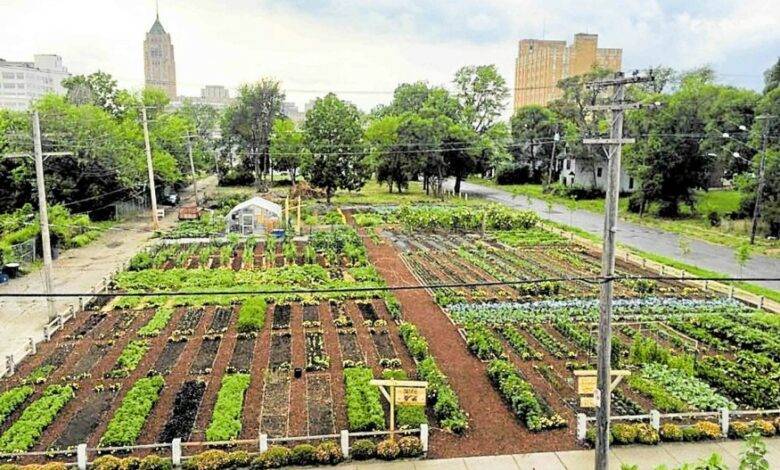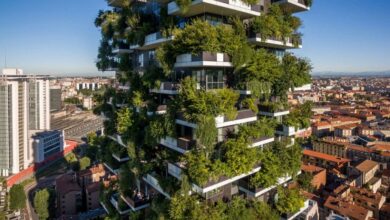
Agrihoods, also referred to as agritopias or community-assisted development, are an exciting concept as they create a remarkable improvement in the dominant food system.
The term was trademarked in 2014 by Southern California-based development company Rancho Mission Viejo. Or how a real estate brand that – urban gardening – uses neighborhood farming to lure affluent millennials. They increasingly seek proximity to fresh and “clean” food when choosing where to live.
The Urban Land Institute defines agrihoods as master-planned residential communities with working farms as their focus. Usually they have large tracts of greenery, orchards, conservatories and greenhouses, and some are equipped with sheds, communal outdoor kitchens and environmentally sustainable houses with solar panels.
Growing food in urban areas is, of course, nothing new in the US. During World War II, a movement of victory gardens — grown and managed in public spaces, parks and wastelands in major cities — was able to supply nearly half of the country’s fresh vegetables. But when the war ended, most of these were closed because they were on borrowed land – state or private property.
After the Victory Gardens disappeared, the nation went through a great depression. The urban gardening and community gardening movement, which started in Latin American and Asian immigrant neighborhoods in NYC and LA, was copied in hipper areas. Community gardens across the US are booming, and vegetable garden food growing is also gaining momentum. According to a recent report from the National Gardening Association, interest in growing food in America has never been greater. With millennials leading the way as the fastest growing segment of urban gardeners.
But while 35 percent of all U.S. households now engage in some form of food production, home and community gardening is limited by space and suffers from a lack of the kind of centralized planning and organization that real farms do. to produce large amounts of food. food. For cities to truly feed themselves, we need to develop more complex and efficient models of urban food production.
Reserve a place in your city in advance. Because when it drops in the US….




